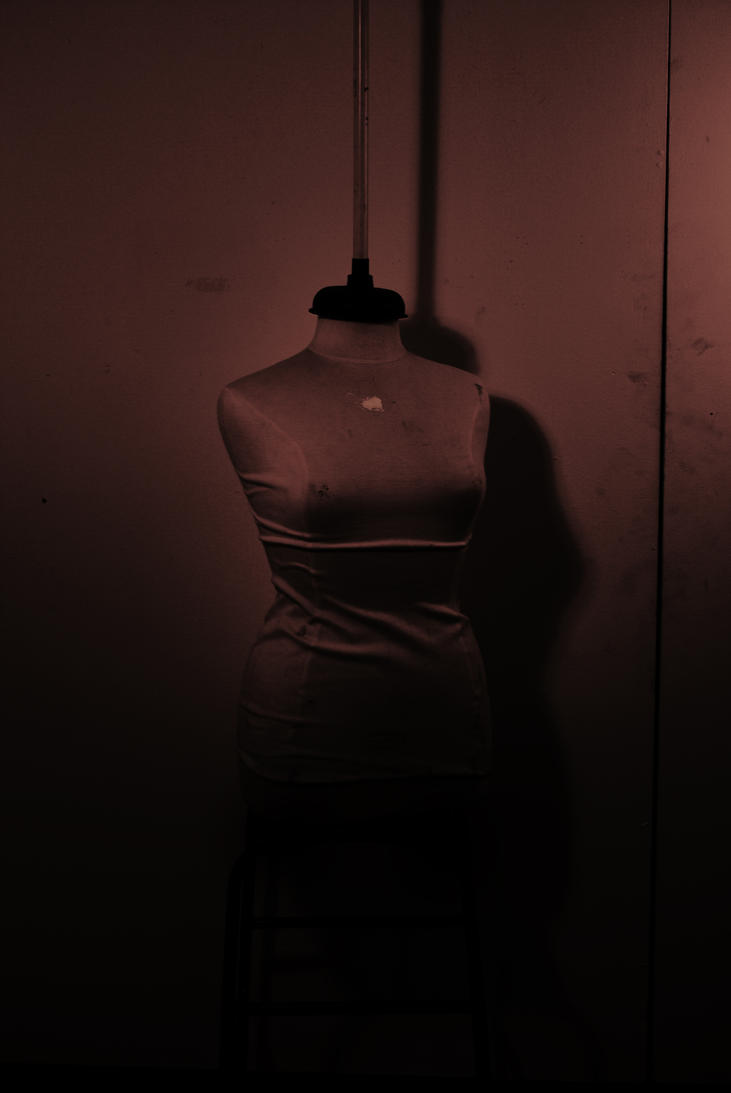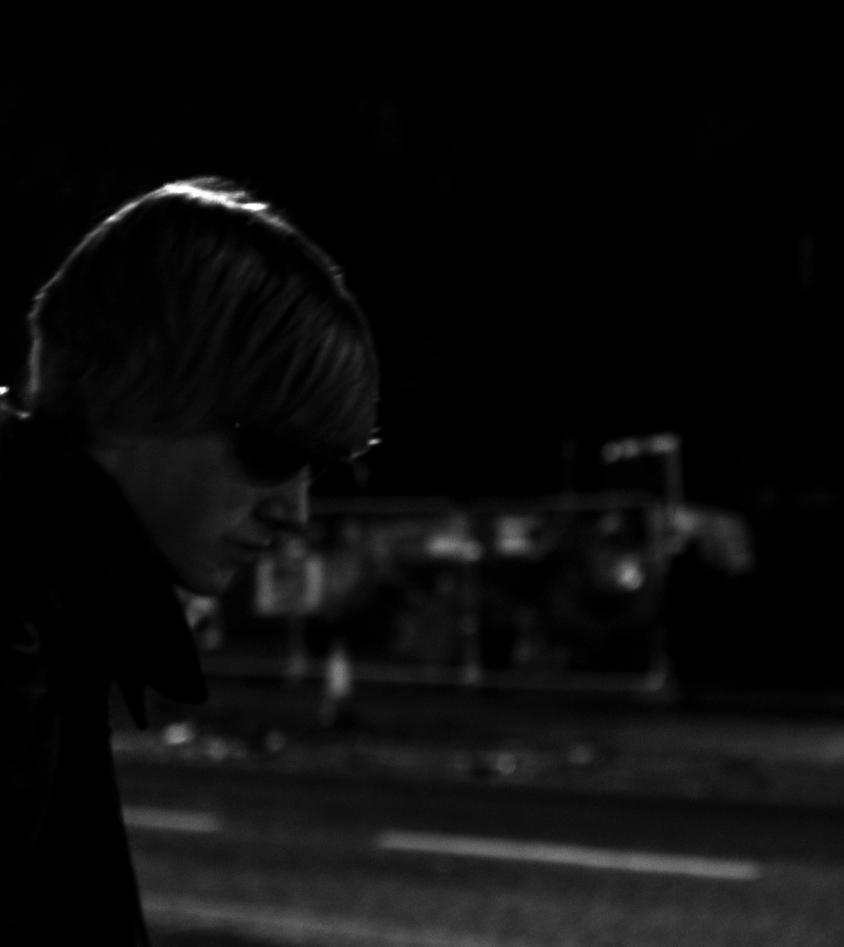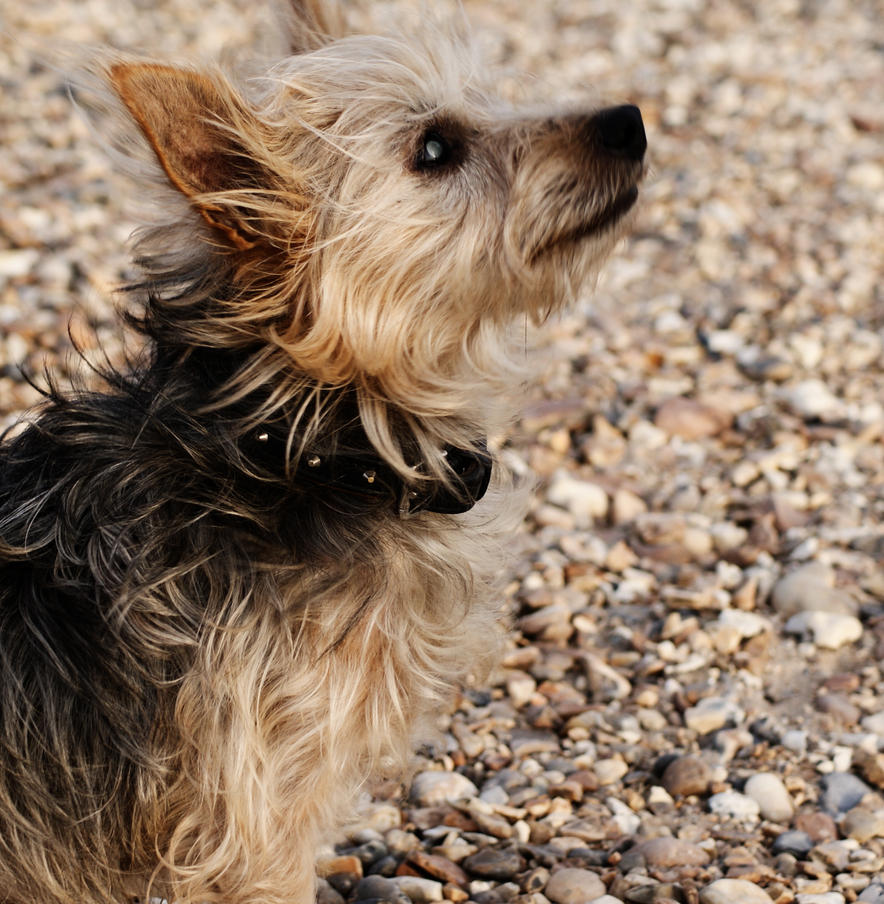People have been asking me for several weeks now if I have any tips for portrait photography. I'm not entirely sure why, as I don't really do portrait photography as a rule. Nevertheless, people have been asking me repeatedly. So now I cave! Here are my 5 tips for shooting portraits (and by portraits I'm referring to any photograph that involves the use of models).
1, Get to know your model. I wouldn't blame you if you thought this wasn't important, I really wouldn't. But it honestly does have a noticeable impact on your final photograph. David Bailey struck up a wonderful chemistry with his models, and that can be seen in the dynamism of his shots. Your model is a person too: he or she isn't just a robot who's there to do what you want. Obviously you do want them to do what you want, and that means striking up a good working relationship with them, so that they want your photographs to come out as well as you do. Trust me, it works.
2, Know your lighting. People say it's hard to get lighting right. It isn't, as long as you know what you want. There are hundreds of different set-ups, but, frankly, it's just a case of finding something you like and using it. You can even use natural light if you don't have access to lights, but bear in mind that it's harder to control. You should always give a thought to lighting, and test it out before you shoot. In the digital age, we have the luxury of being able to waste shots. So use those shots for testing purposes.
3, Composition. What I mean by this (if you are unaware) is how the image is framed and put together. There aren't really any guidelines for good and bad compositions. We have 'rules' such as the rule of thirds, but it's a matter of preference whether you follow them or not. They're more guidelines than rules. It's easier if I show you than explain, so see four of my images:
Yeah, there is but one person. But you see what I mean by different compositions. All of these are 'right'. All of these are 'wrong'. The 'rule' for portraiture is to not place the subject in the centre of the frame. But that can work too, provided you have other elements in the image. See The Dummy (the first image), for example.
4, Follow your style. I've waffled on about style before. If you're a photographer, you'll have a style, even if you don't know what it is. In this case, show your model your photographs, and let him or her improvise for you. Funny as it sounds, you're never the best judge of how your photographs look. David Leslie Anthony's photographs have a physically dynamic and powerful style, so check him out to see what I mean. It's honestly not difficult to do. You just need to know yourself and how your work appears to other people. More importantly, you need to know what you're looking for, always.
5, The eyes. What I believe to be the most beautiful part of a person is often the most complex thing to get right. It's all up to personal preference, but my preferences are:
- Shoot below the eyeline if you're facing your model.
- Don't let your model's eyes look 'into' the camera - it looks more natural if a model's eyes are looking slightly above the camera. Again, however, this depends entirely on what you want out of your photograph; looking into the camera accentuates the eyes and automatically makes you notice the rest of the face.
- Riffing off the last one, have your model's eyes looking away from the camera - to a side. It helps to give the shot a degree of thought, as well as making it look more natural.
- Brighten them, either in-camera or in post-processing. It makes them stand out, and gives your image an extra 'element'.
Well, I hope these have been a help to y'all!
Until next time!
Teddy





0 comments:
Post a Comment